Paramesotriton caudopunctatus

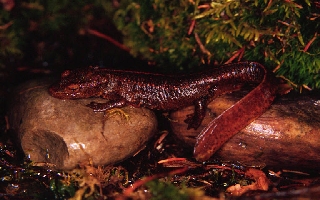
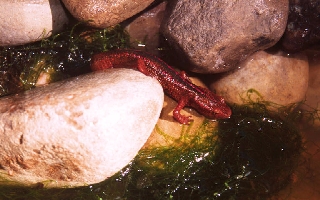
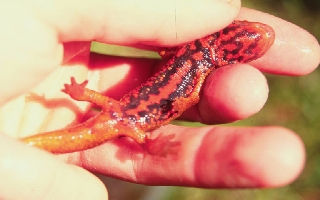

Paramesotriton chinensis
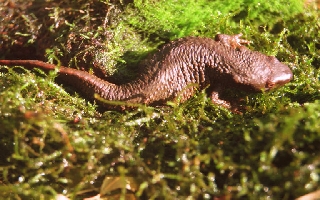
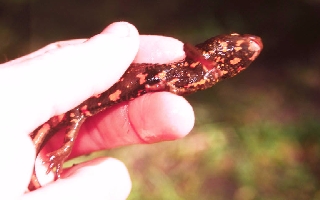
Paramesotriton deloustali
Paramesotriton fuzhongensis

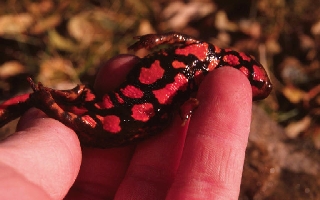
Paramesotriton guangxiensis
Paramesotriton hongkongensis

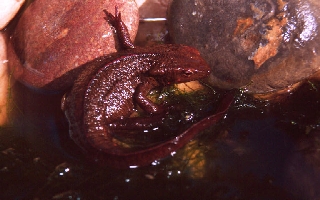
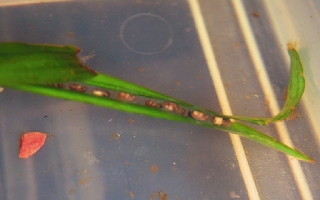

Paramesotriton laoensis
Paramesotriton caudopunctatus





Paramesotriton chinensis


Paramesotriton deloustali
Paramesotriton fuzhongensis


Paramesotriton guangxiensis
Paramesotriton hongkongensis




Paramesotriton laoensis
Pachytriton brevipes
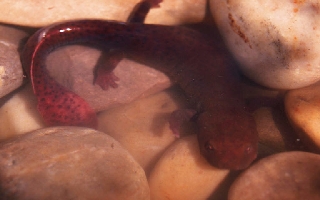
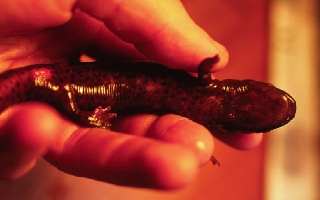
Pachytriton labiatus
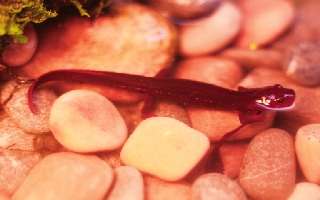
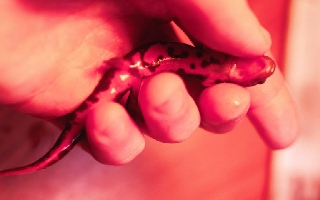
Pachytriton sp.A
Pachytriton sp.B
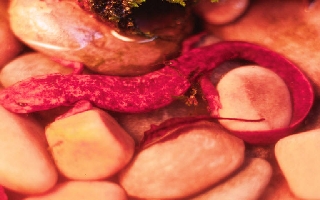
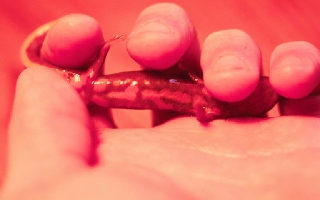
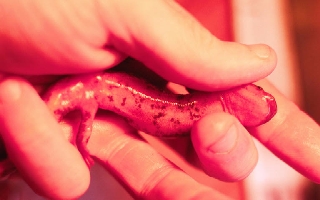
Pachytriton sp.C
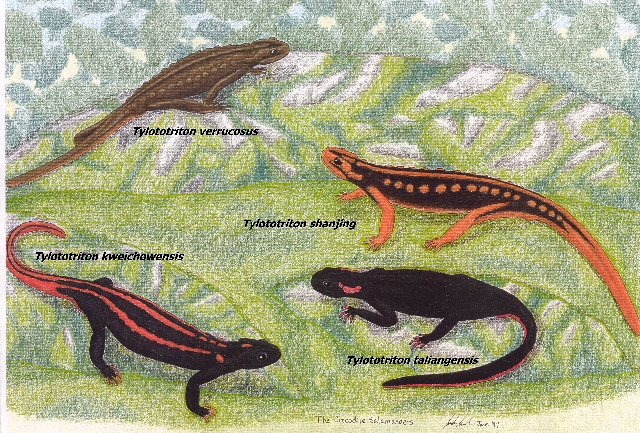
Tylototriton kweichowensis
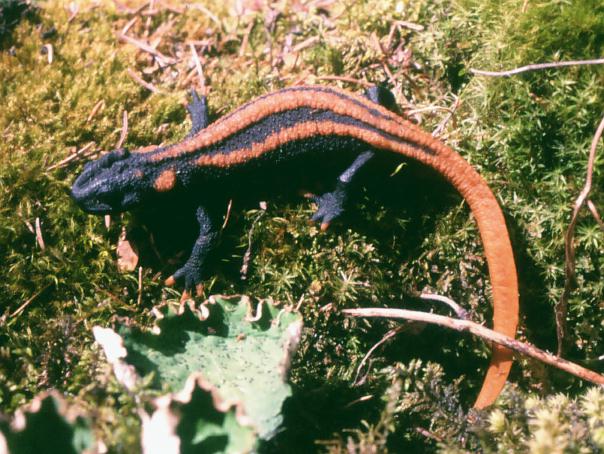
Tylototriton shanjing
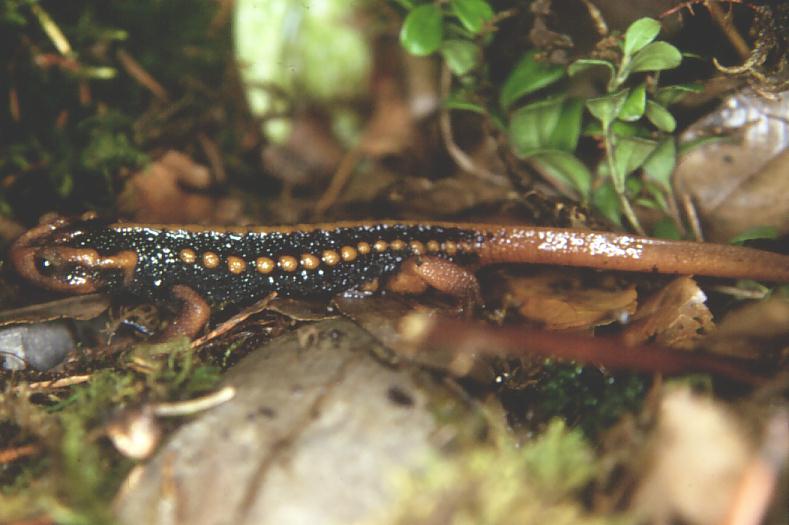
Tylototriton taliangensis
Tylototriton verrucosus
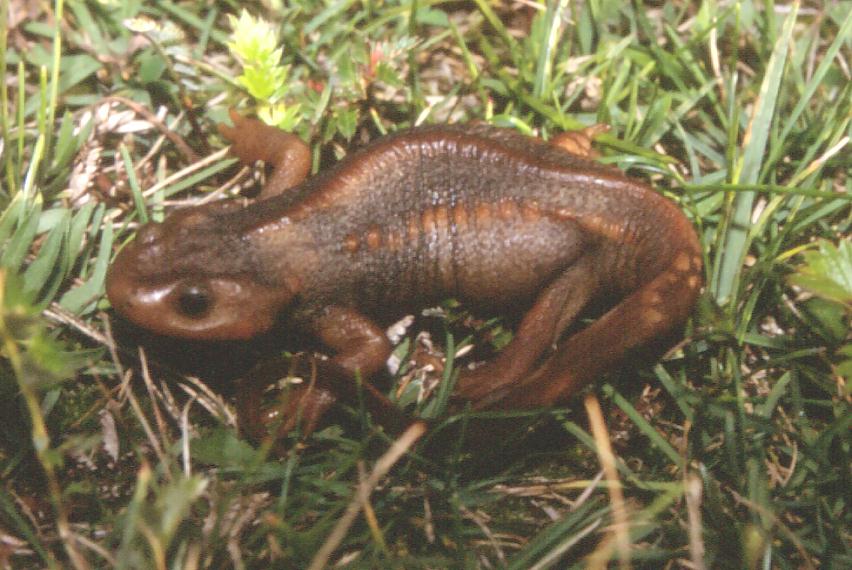
Tylototriton hainanensis
Tylototriton wenxianensis
Echinotriton chinhaiensis
Cynops (Hypselotriton) cyanurus cyanurus
Cynops (Hypselotriton) cyanurus chuxiongensis
Cynops (Hypselotriton) cyanurus yunnanensis
Cynops (Hypselotriton) wolterstorffi
Cynops orientalis
Cynops orphicus
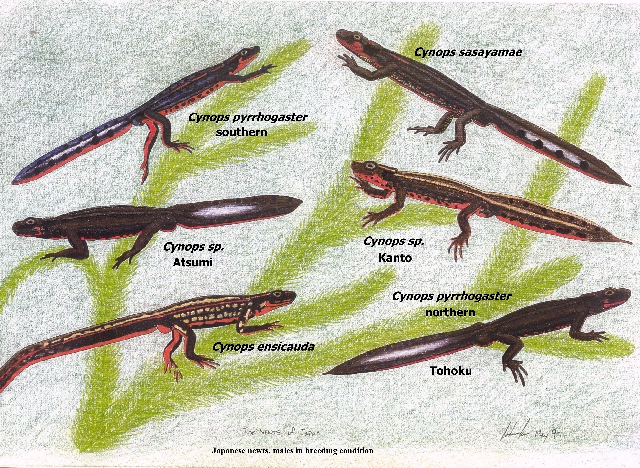
L
Cynops (Cynops) ensicauda popei
Cynops (Cynops) pyrrhogaster pyrrhogaster
Cynops (Cynops) pyrrhogaster 'Tohoku'
Cynops (Cynops) pyrrhogaster intergrade
Cynops (Cynops) sasayamae
Cynops (Cynops) sp. 'Atsumi'
Cynops (Cynops) sp. 'Kanto'
 MANTELLAS
MANTELLAS BOOK STORE
BOOK STORE